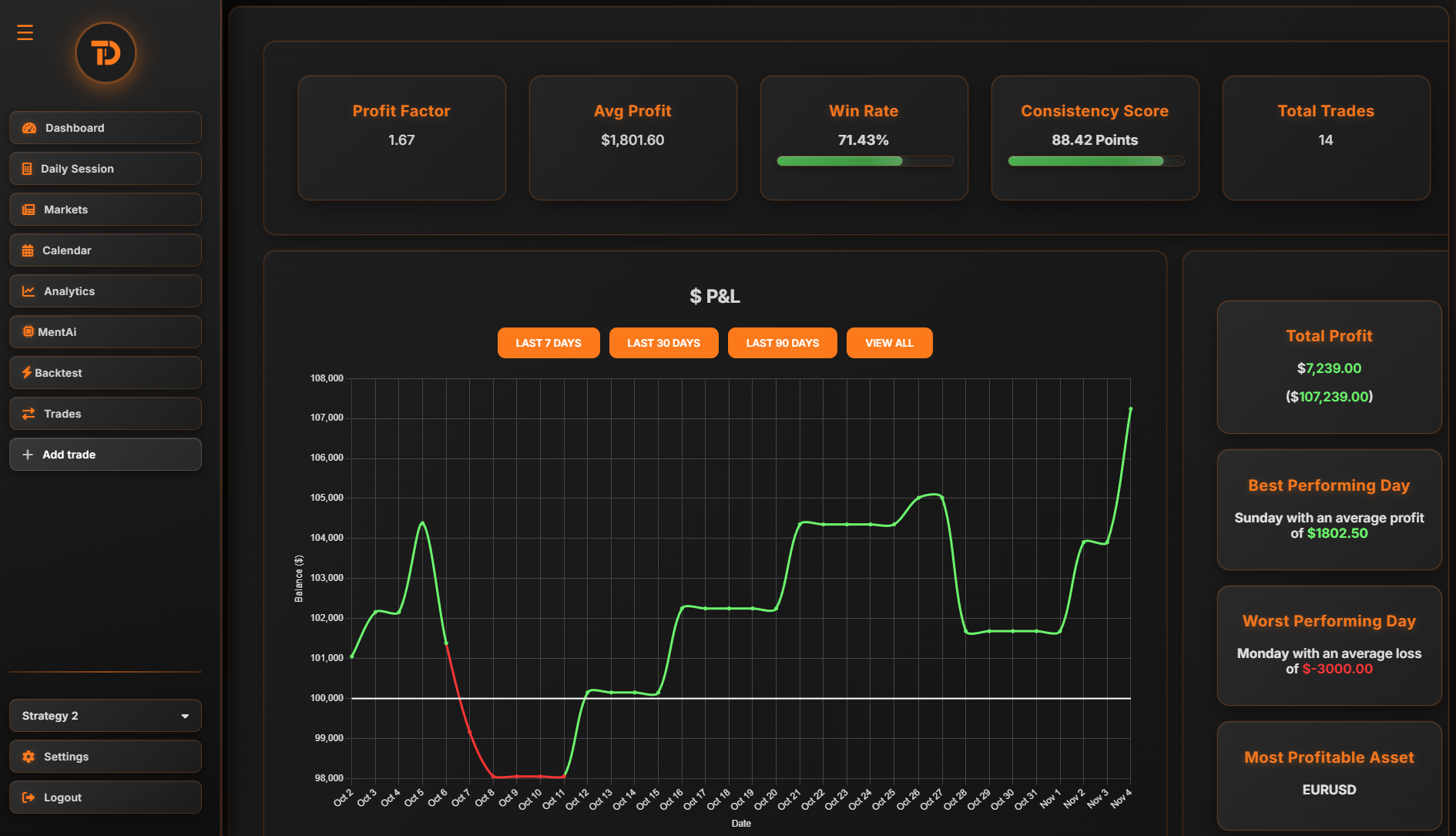Different trading styles suit different personalities, time commitments, and risk tolerances. For example, scalping involves making rapid, small trades throughout the day, aiming to profit from minor price fluctuations. Day trading entails opening and closing positions within a single trading session, avoiding overnight risks. Swing trading spans several days to weeks, capitalizing on short- to medium-term trends. Finally, position trading involves holding positions for the long term, sometimes months or years, focusing on macroeconomic trends. Each style has its own set of rules, strategies, and risk management techniques, so it's important to choose a style that aligns with your goals, time availability, and risk tolerance. Once you've selected a style, the key is to stick with it and refine your approach over time, rather than jumping between strategies based on short-term results or emotional reactions.
Selecting the right trading style also requires self-awareness. For example, someone with a lower risk tolerance might find the quick-paced nature of scalping too stressful, while a person with more patience and a long-term outlook may excel in position trading. The important thing is to choose a style that resonates with your personality and to ensure that it aligns with your financial goals. Consistency in following the rules and strategies of your chosen style is critical for long-term success.
. Why use a trading journal: A trading journal is crucial for assessing whether your chosen trading style is truly the right fit for you. By tracking your trades based on your selected approach, whether it's scalping, day trading, swing trading, or position trading, you can analyze the outcomes and see if the style aligns with your expectations and goals. If you find that a particular style isn’t yielding consistent results or feels too stressful, your journal will give you the data to make informed decisions about adjustments. It also allows you to experiment with different styles over time and objectively evaluate which one leads to better performance, greater consistency, and improved emotional control. In essence, a trading journal helps you fine-tune your approach and explore new methods if necessary, ensuring you find the style that best suits your trading goals and personality.

